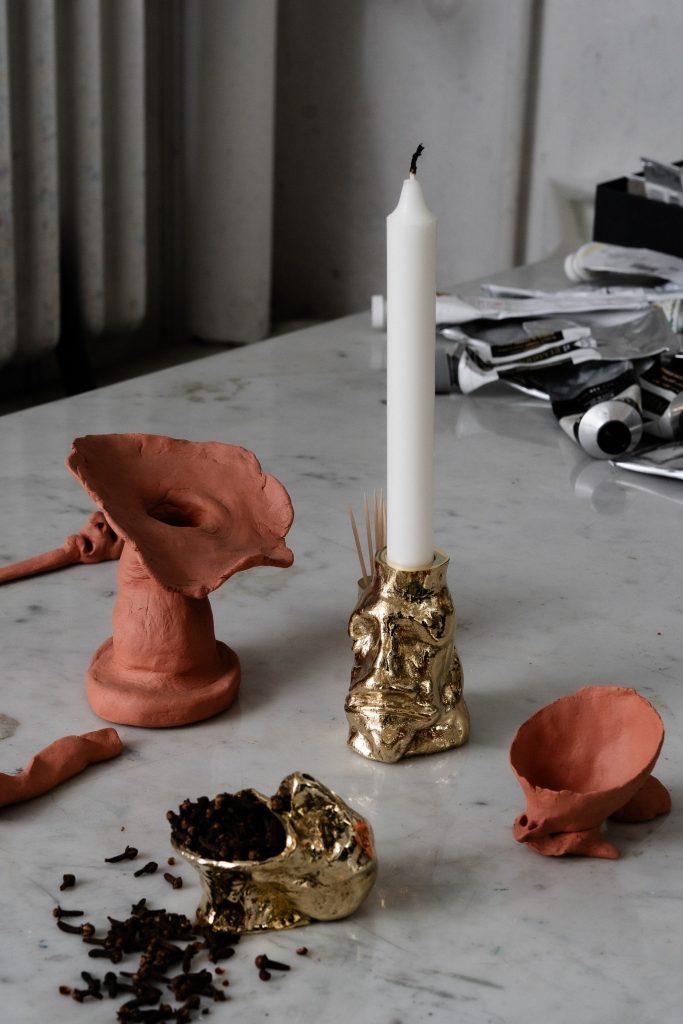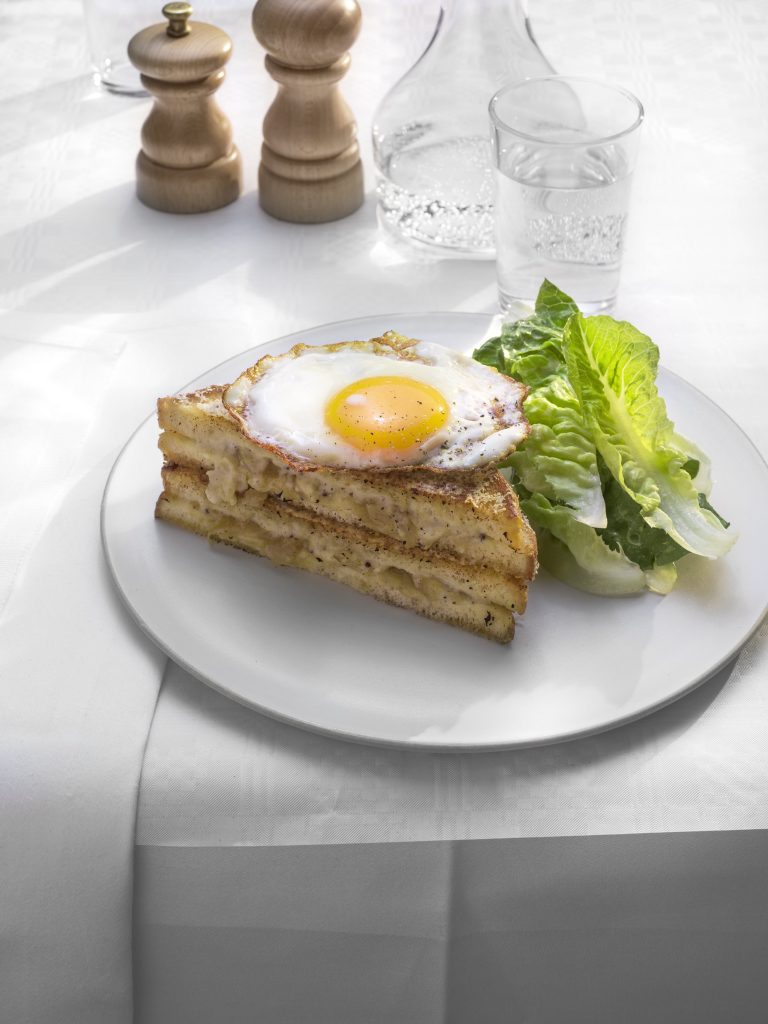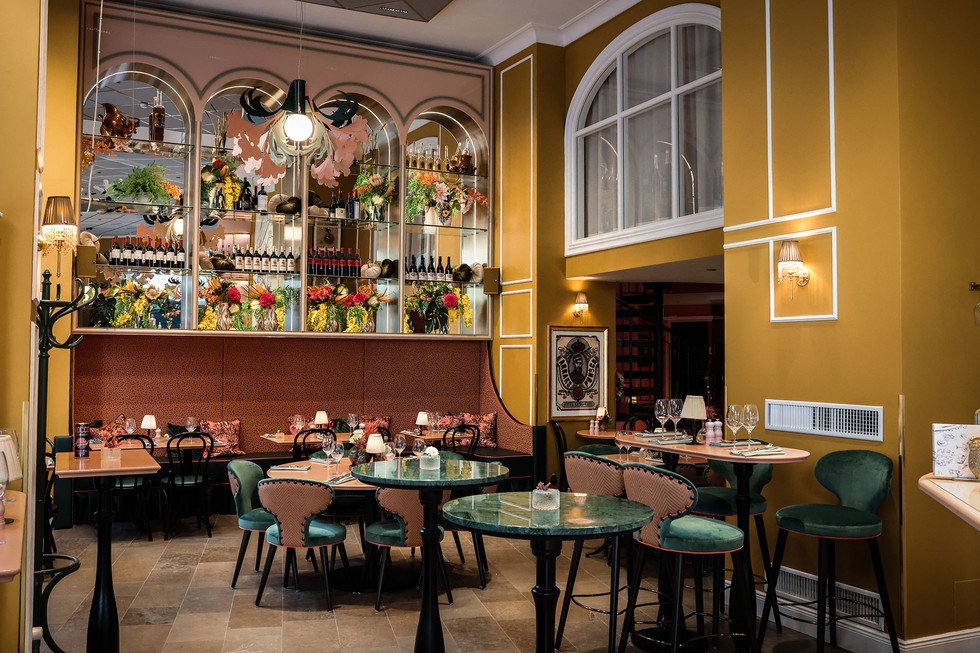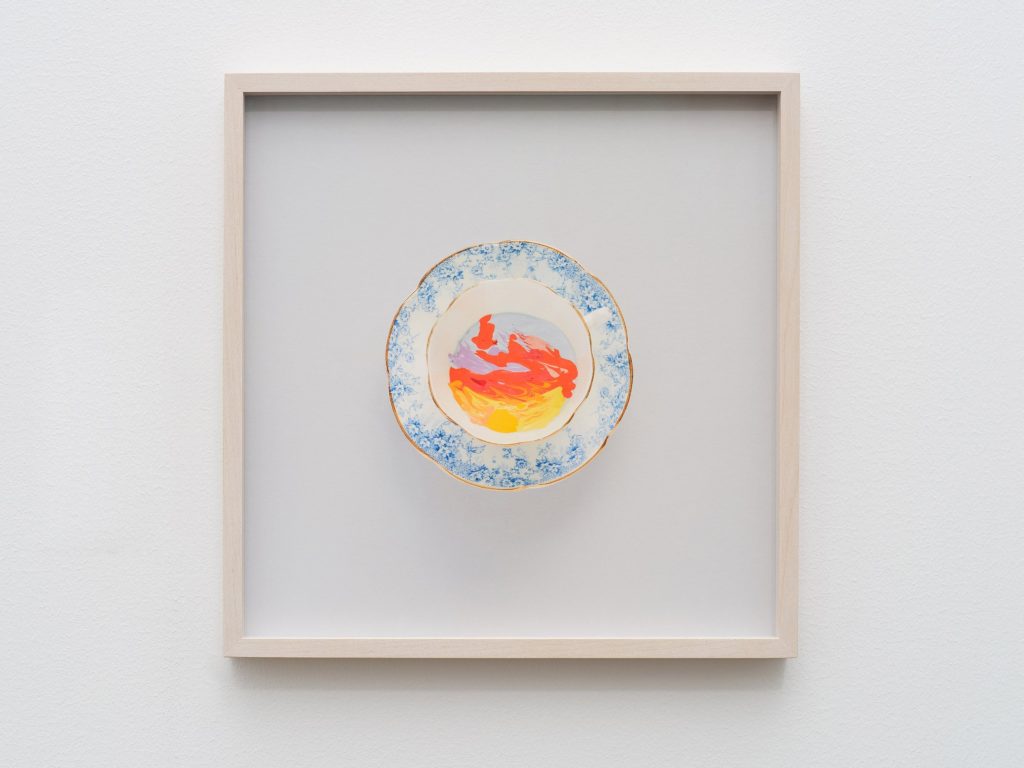Spencer Finch’s journey as an artist is as intricate as his work. With his distinctive approach, Finch captures the ethereal interplay between light and space, bridging historical reverence with contemporary innovation. His projects, ranging from the recreation of ancient Troy’s dawn light to the experimental “Sunset in a Cup” series, reflect a deep engagement with both scientific precision and poetic resonance, revealing the subtle power of light to evoke emotion and narrative. His work has graced public spaces across Europe and North America and is held in prestigious collections such as the Art Institute of Chicago, the Guggenheim Museum, and the Whitney Museum of American Art. From his homage to Emily Dickinson through a reimagined sunlight effect to monumental installations like Trying To Remember the Color of the Sky on That September Morning at the National September 11 Memorial Museum, Finch’s art acts as a prism, channelling his observations into abstract, glowing hues. In our conversation with Spencer Finch, we discuss his unique artistic journey and the fusion of intellectual curiosity and artistic vision. Natalia Muntean: Light plays a significant role in a lot of your work. And I wonder if there was a moment where that changed the way you see light, not just as a tool, but as a subject in itself. Spencer Finch: Yes, it happened around 2000 when I started working with light, thinking of it as a material in itself, specifically related to landscape. I didn’t come from the light and space artists of the 70s, but rather from 19th-century landscape and impressionist painting, considering light in those terms and its connection to the landscape. Instead of focusing on the phenomenology of light, like James Turrell, I was interested in light as a picture of a place. My first project involved measuring the light at dawn at the site of ancient Troy in Turkey and recreating it, focusing on the special light of that historical place, which combines myth and history. Light can be very emotional and powerful, though minimal and not abstract. NM: Your interests seem so varied, from ancient Troy to Jackie Kennedy’s pillbox hat to Emily Dickinson. How do you approach new projects? What comes first, the idea or the material? SF: Usually, it’s the idea that comes first. Occasionally, I find a material that interests me, but generally, I think about which material best reinforces the idea and subject matter. I enjoy learning new techniques and working with different processes. For example, I’ve been working with watercolour drawings for years and have improved my skills. Recently, I started a new technique with “sunset in a cup” paintings, where I use a large amount of paint in a cup to create the background and then build up the surface. My initial attempts were poor, but I learned and improved. It’s fun to explore new methods, even if they may seem unconventional, like painting in a teacup. NM: You seem like a very curious person! Do you typically start your projects with a clear intention in mind, or do you let it be more intuitive? SF: Sometimes my projects end up in unexpected places or at a dead end. For instance, I once attempted to create a work about the colour purple, which is visible to bees but on the edge of ultraviolet. I collaborated with a scientist from Berlin who specialises in insect vision to design an environment where we could experience something as bees do. However, despite my determination not to give up, this project has failed twice in 15 years. The challenge lies in making something invisible to human vision visible, which requires compensation for the loss. I haven’t figured out how to achieve this yet. Another example is my “Sunset in a cup” project. I didn’t know what to expect initially, but it evolved into using cups from Emily Dickinson’s time, similar to those she collected, to frame the sunset paintings. This approach became an homage to Dickinson. However, the paint, once dry, cracked and became less appealing. The cup, viewed from the side rather than flat, became more dominant than the painting. A photograph from above flattened the composition, making the cup a frame. This unexpected outcome led me to rethink the presentation format, ultimately finding the best solution through trial and error. NM: Speaking of Emily Dickinson, many of your works reference a lot of historical figures, including Dickinson and Sigmund Freud. How do you choose them, if you choose them? SF: I guess it comes from not being interested in self-expression. Some artists express what’s inside them, but I feel like I’m not that interesting a person and don’t have much to say just about myself. I also believe there’s a kind of artistic arrogance where artists feel they’re more important than others, which I don’t think is true. Instead, I take something from another artist, thinker, or person I admire, shift it, inflect it in my own way, and make it my own while still connecting it to that person. This approach helps create a work that’s about ideas, usually inspired by someone else’s thoughts, but through my own awareness, I aim to open it up for the viewer. The viewer then has an experience that is their own, rather than being told what to think. By using figures like Freud or Dickinson, I feel they allow me to ask questions present in the artwork. I hope that makes sense. NM: How important is your audience and its perception for you? Do you create your art trying to evoke a certain feeling in it, or do you just create and let it have a life of its own? SF: It’s a tough question. I don’t think it’s a formula where I put a feeling into the work and the viewer gets that same feeling out. I’m creating a question, analysis, or exploration. I find it interesting without fully understanding it. The viewer who connects with it has something related but not identical, as they










